Over the last few years, we have witnessed many organisations implementing the best-of-breed Human Capital Management (HCM) systems to manage their biggest asset i.e. their workforce. In most organisations, the highest costs incurred are often the employee costs and hence organisations are turning towards HCM products to help manage their most valuable assets.
At One IT Solutions, we have worked extensively on projects implementing HRIS or HCM systems like Workday and Oracle. On these projects, we have been helping clients design and build their integrations with the main focus on payroll integrations. At One IT Solutions, we have helped multiple clients on integrating with Aurion and Chris 21 payroll systems.
Although Workday and Oracle are very different products with their each unique strengths and ways of working there are still many similarities when it comes to payroll integration challenges. Integrating an HCM system with Aurion or Chris 21 payroll system can present various challenges. While the specific challenges may vary depending on the client’s payroll system and requirements, here are some common integration challenges or learnings to consider:
System Compatibility: Compatibility issues between an HCM system and the client’s payroll system can pose challenges. This is perhaps one of the first steps/decision points during the integration design that can have an overall impact on the project timelines and budget is the use of middleware or the absence of it. This also comes down to the preference of the System Implementor as some Tier1 vendors have built their own assets or have built add-ons that can sit on top of the HCM products and deliver payroll files that can be injected by the payroll systems. Having a middleware to support the integration has many advantages but comes at a cost and overheads that may not be palatable to many. At One IT Solutions, we have worked on HCM to payroll integrations that have used middleware and also projects where all data being sent between HCM and Payroll systems was file-based and no middleware was used. There is no correct answer and this depends on the requirements, skills available to the client and the preference of the SI. In addition to that other challenges that contribute towards incompatibility are differences in technology platforms, programming languages, data storage methods, and APIs may require additional development efforts and middleware solutions to enable smooth integration.
Data Mapping and Transformation: One of the key challenges is mapping and transforming data between an HCM system and the client’s payroll system. For instance Workday allows an employee to have multiple positions, and Oracle allows employees to have multiple assignments but some Chris 21 instances (observed on multiple clients) do not allow staff to have multiple contracts making integration very complex. In addition to that example, there are instances where the data structures, fields, and formats may differ, requiring careful mapping to ensure accurate data transfer.
Complex Payroll Rules: Payroll systems often involve complex rules and calculations to determine employee wages, taxes, deductions, benefits, and compliance with labour regulations. Ensuring accurate translation and implementation of these rules in both an HCM system and the client’s payroll system can be challenging. A common challenge we also see is the HCM system and the payroll systems use different rounding Rules, Annualised salary calculations, and Number of decimal places which can cause mismatches during payroll testing. It’s imperative to align the HCM product with the payroll requirements early.
Timeliness and Synchronisation: Payroll integration must be capable of handling near real-time or batch updates (depending on requirements and design) to reflect changes in employee data, such as new hires, terminations, salary adjustments, and benefits/compensation changes. Synchronising data between an HCM system and the client’s payroll system in a timely manner is vital to avoid discrepancies. In addition to that the timing of payroll receiving transactions becomes crucial when the payroll system has to juggle between receiving transactions from the HCM and managing multiple pay schedules for multiple legal entities. In such complex scenarios planning the timing and frequency of integration becomes key to avoiding discrepancies between the two systems.
Error Handling and Reconciliation: At One IT Solutions we not only focus on the happy paths but also we aim to plan well in advance for when things don’t happen the way originally envisioned. Integration processes may encounter errors due to data inconsistencies, mapping issues, or system failures. Implementing effective error handling mechanisms and reconciliation procedures is essential to identify and resolve errors promptly to maintain accurate payroll records. After go-live, how effective is the error handing and how helpful it is to the business may decide the longevity of the integrated solution.
Scalability and Performance: Payroll systems often handle large volumes of data, especially in organisations with a significant workforce. Ensuring the integration can handle the scale and performance requirements is crucial to avoid processing delays and bottlenecks.
Change Management: Integrating an HCM system with the client’s payroll system involves significant changes to existing processes and workflows. Managing organisational change, training employees on new systems, and addressing any resistance or challenges from stakeholders are important aspects of a successful integration.
Ongoing Maintenance and Support: Payroll integration requires continuous monitoring, maintenance, and support. Regular updates, system upgrades, and addressing any issues that arise are essential to ensure the integration remains functional and aligned with evolving business needs.
Localised Challenges: Integrating an HCM system with a client’s payroll system in Australia may present some unique challenges. Here are a few integration challenges specific to Australia that you should be aware of:
- Tax and Superannuation Compliance: Australia has complex tax and superannuation regulations. Integrating an HCM system with the client’s payroll system requires accurate mapping of tax codes, payroll taxes, and superannuation contribution calculations to ensure compliance with Australian tax laws.
- Single Touch Payroll (STP): Australia introduced the Single Touch Payroll system, which requires employers to report payroll information to the Australian Taxation Office (ATO) in real-time. Integrating an HCM system with the STP reporting system is essential to comply with this regulation and ensure accurate reporting of payroll data.
- Leave Accruals and Entitlements: Australia has specific regulations regarding employee leave entitlements, including annual leave, sick leave, and long service leave. Integrating an HCM system with the client’s payroll system requires either accurate calculation or frequent integration of accruals from the payroll system.
- Local Statutory Reporting: Australian payroll systems must generate various statutory reports, including year-end payment summaries, tax file number declarations, and superannuation contribution reports. Integrating an HCM system with the client’s payroll system should accommodate the generation and submission of these reports accurately and on time.
These challenges highlight the importance of thorough planning, collaboration between teams, and leveraging expertise to overcome integration obstacles and achieve a seamless connection between an HCM system and the client’s payroll system. Get in touch One IT Systems to find out how we can help on your HCM or integration journey.


Add a Comment